1.3.1 – Laboratory Definition
For the purposes of this OSHA standard a laboratory is defined as a facility in which hazardous chemicals (defined below) are handled or manipulated in reactions, transfers, etc. in small quantities (containers that are easily manipulated by one person) on a non-production basis. Typically multiple chemical procedures are used.
1.3.2 – Hazardous Chemical Definition
The OSHA Laboratory Health Standard defines a hazardous chemical as any element, chemical compound, or mixture of elements and/or compounds, which is a physical hazard or a health hazard. The standard applies to all hazardous chemicals regardless of the quantity.
A chemical is a physical hazard if there is scientifically valid evidence that it is a combustible liquid, a compressed gas, an explosive, an organic peroxide, an oxidizer or pyrophoric, flammable or reactive.
A chemical is a health hazard if there is statistically significant evidence, based on at least one study conducted in accordance with established scientific principles that acute or chronic health effects may occur in exposed employees. Classes of health hazards include:
- Carcinogens
- Reproductive toxins
- Sensitizers
- Hepatotoxins (liver)
- Agents that act on the Hematopoietic system (blood)
- Agents that damage the lungs, skin, eyes, or mucus membranes
- Irritants
- Corrosives
- Neurotoxins (nerve)
- Nephrotoxins (kidney)
A chemical is considered a carcinogen or potential carcinogen if it is listed in any of the following publications (OSHA uses the term “select” carcinogen):
- National Toxicology Program, Annual Report on Carcinogens (latest edition)
- International Agency for Research on Cancer, Monographs (latest edition)
- OSHA, 29 CFR 1910 Subpart Z Toxic and Hazardous Substances
A chemical is considered hazardous according to the OSHA standard, if it is listed in any of the following:
- OSHA, 29 CFR 1910.1000 Table Z-1, Table Z-2 or Table Z-3
- Threshold Limit Values for Chemical Substances and Physical Agents in the Work Environment, ACGIH (latest edition)
- The Registry of Toxic Effects of Chemical Substances, NIOSH (latest edition)
Over 600,000 chemicals are considered hazardous by the OSHA definition.
In most cases, the chemical container’s original label will indicate if the chemical is hazardous. Look for key words like caution, hazardous, toxic, dangerous, corrosive, irritant, carcinogen, etc. Containers of hazardous chemicals acquired or manufactured before 1985 may not contain appropriate hazard warnings, or more recently, may be labeled with pictograms consistent with OSHA’s previous Existing Hazard Communication Standard (HCS 1994). A side-by-side comparison of OSHA’s 1994 and 2012 Hazard Communication Standard can be reviewed online.


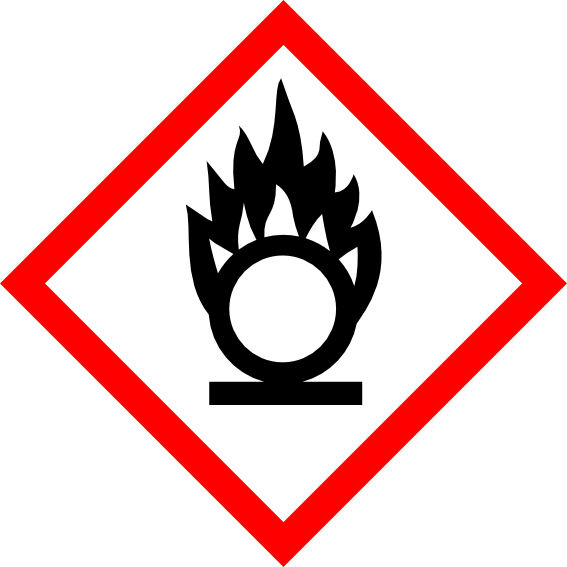
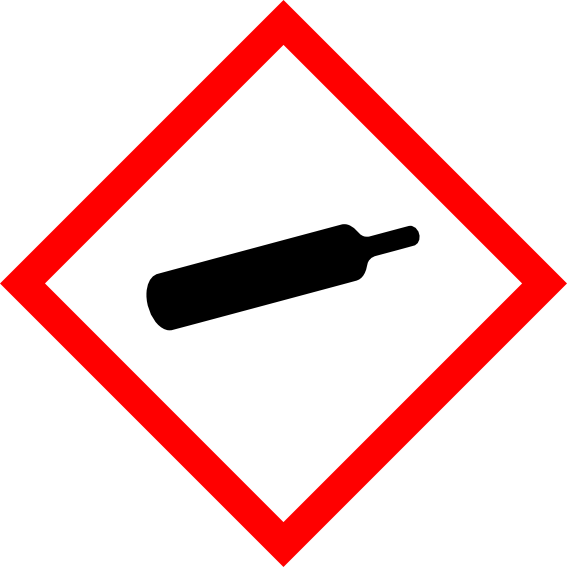
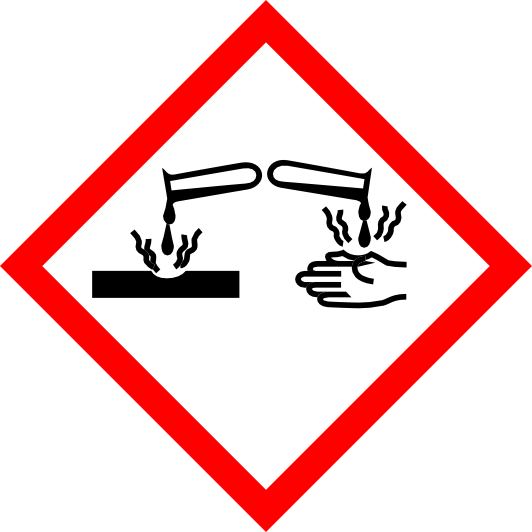
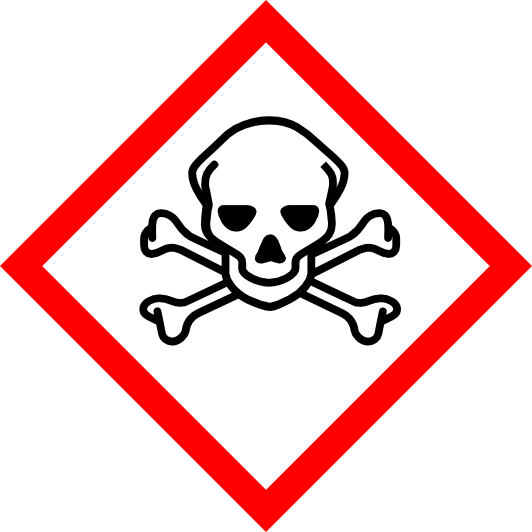
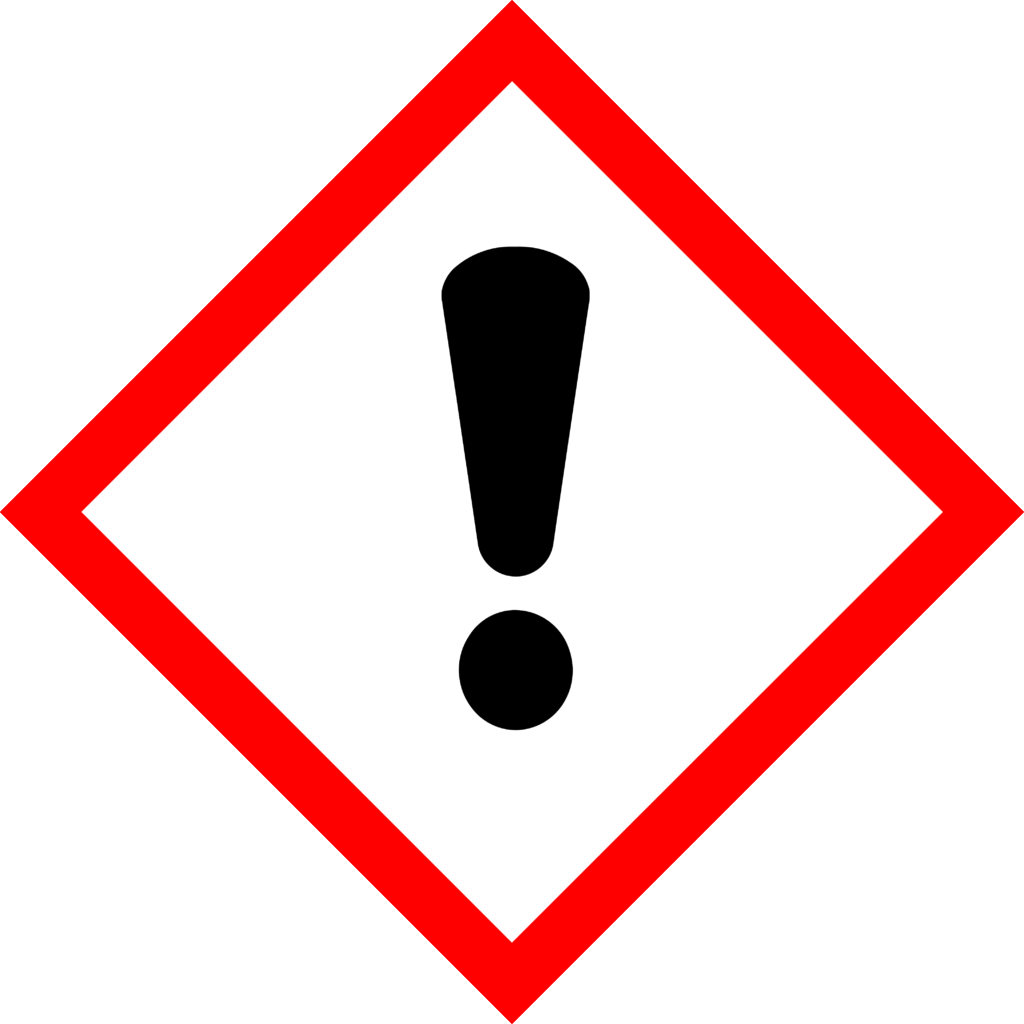


If you are not sure a chemical you are using is hazardous, review the Safety data sheet (SDS) for the substance or contact your supervisor.

